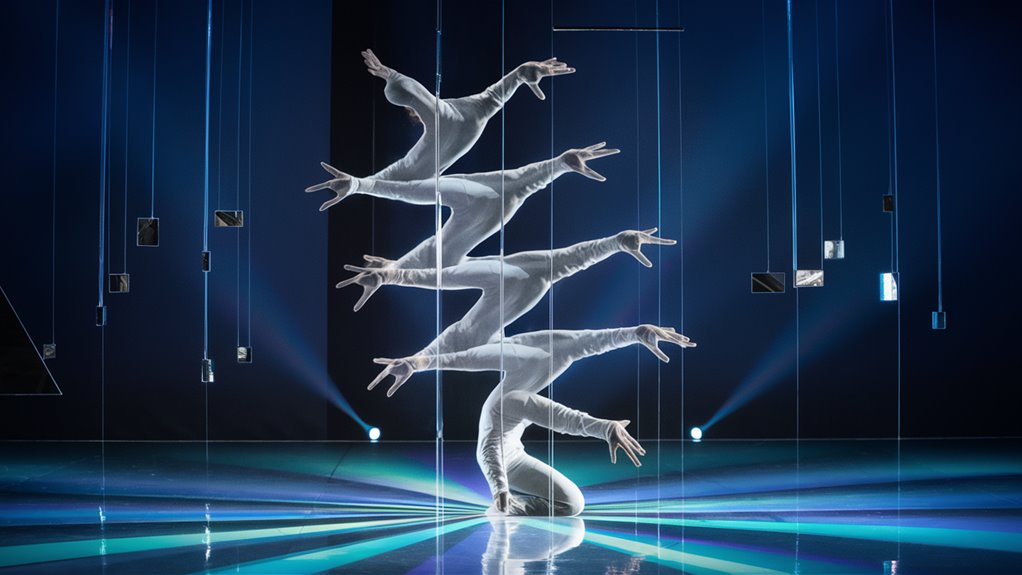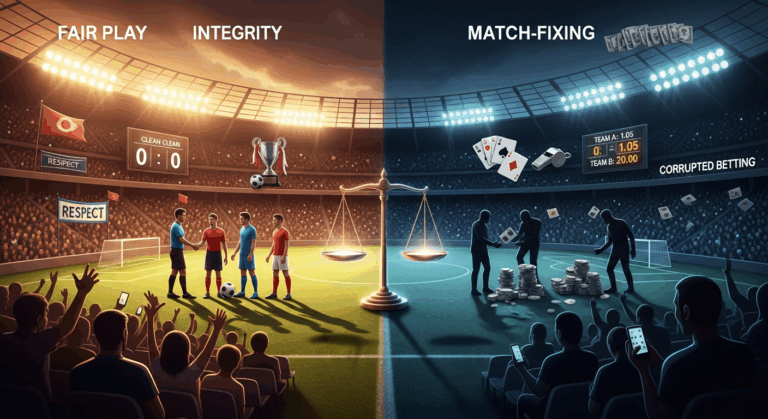
The Art of Flickershard Blackjack: Advanced Pattern Recognition
A Revolutionary New Way to Play Casino
Flickershard blackjack is a new approach to gambling that goes way beyond traditional ways of card counting. This advanced Japanese method makes players finely-tuned pattern recognition devices through painstaking neural conditioning techniques and geometric awareness training.
Core Elements of the Flickershard Technique
The Flickershard methodology rests on an integration of three core camps:
- Micro-expression analysis for dealer pattern detection
- Geometric alignment principles drawn from martial arts
- Neural conditioning protocols originating in Tokyo
- Advanced Pattern Recognition Systems
This martial arts-inspired approach was developed by different underground Tokyo gambling circuits, opening up a totally new area for strategic implementation of blackjack. With precision observation techniques that decode the small at the gaming table, the system can create entirely new advantages for expert practitioners.
Behavioral Analysis Integration
Flickershard blackjack takes a completely different approach from conventional strategies. Through:
- Enhanced pattern recognition capabilities
- Finer geometric understanding
- Triggered neural response time
- Putting sophisticated dealer behavior analysis into practice
By focusing on these advanced elements, the gambler himself will be able to exercise extraordinary judgment in dealing with complex gaming situations.
Origins in Tokyo’s Underground Scene
The Origins of Blackjack Precision in Tokyo’s Underground Scene
In the late 1980s, Tokyo underground, a sophisticated card counting methodology emerged from the dimly lit basement clubs of Shinjuku. At the heart of this movement were mathematics students from Waseda University who engineered an innovative system that merged traditional card counting techniques with nuanced physical observation.
Japanese Martial Arts Influence on Casino Gaming
With the many traditional Japanese concepts it Revitalizing Coarse Freedoms With Colorful Pot Highlights incorporates, an entirely new form of gambling strategy was developed. The ki energy principles used in martial arts were incorporated by practitioners, producing a novel method in dealer behavior reading. This approach concentrated on detecting micro-expressions and subtle physical patterns that traditional card counters generally neglected.
Scientific Methodology and Pattern Recognition
The system established, as recorded in the Tokyo Slots Record and Data Analysis, became known as ‘invisible physics.’ A full-body way of discerning minute movements in the deal. Their systematic methods included:
- Shoulder examination
- Rhythmic examination of the deal
- Tracking of hand positions
- Reading a variety of time flow
This combination of mathematical and physical investigations soon spread beyond the gambling sectors of Tokyo to all areas where people pursued advantaged gambling. It existed for a time without much notice being taken of its Japanese origin, but that is now long past; indeed, this method continues to be a factor in modern professional gambling strategies.
Neural Training and Body Control
Advanced Neural Learning and Corporeal Control Technique
Bases of Neural Development
Optimization of neural pathways constitutes the staple in modern performance training. Sophisticated training technologies raised in the Tokyo underground completely overturned previously held views on the relationship between mind and body. In this way, their methods created neural pathways which one could measure and then refine and strengthen through targeted practices.
Enhancing Visual Processing
Precision in card tracing upshots from specific neural adaptations. This process begins with foundational exercises concentrating solely on single-object in-angle moves with proportionate respiration control and correct posture maintained throughout. In the course of telescoped spikes, a neural frame is built before moving on to both multi-object bearing and higher-level small muscle harmonics.
Advanced Corporeal Control Systems
Mastery of physical control forms an integral part of high-class performance. Main elements involved herein are:
- Stable eye movement
- Attuned respiration
- Control over facial muscles
- Handling of micro-expression
Via tailor-made meditation protocols and advanced biofeedback training, the practitioner gains complete control of his physical reactions when in a high-stakes situation.
Neural-Motor Integration
Systematic practice of visual-motor coordination creates the conditions for automaticity’s development. The linking of the visual processing centers to motor control systems gives rise to unbroken execution capabilities under stress. This advanced training system strengthens the nerve pathways leading from perception to action, ensuring Cutting Bubbling Themes for Sharp, Bonus-Focused Scenes reliable performance under different conditions.

Mathematical Patterns in Motor Action
Understanding Movement Mathematics
Mathematical patterns evolved from physically imaginative exercises, showing how body and number correspond. The survey of mathematical movement demonstrates that elaborate formulas find themselves in exact physical images, followed by measurable, repeatable results.
Geometric Precision in Motion
If we analyze controlled movements, clear geometric patterns emerge in the process of free observation. We might break down any movement into its components as follows:
- Angle measurement will typically range from 30-60 degrees
- Velocity variations or transitions follow regular sequences
- The trajectory patterns will usually form recognizable geometrical shapes
The Science of Movement Sequences
Physical movements can also be arranged in a variety of mathematically correct patterns. Nature forms such rhythms with:
- Exact timing intervals
- Uniform motion patterns
- Measurable geometric advances
Applications in Performance Optimization
Understanding the mathematical foundation of movement can help practitioners to:
- Improve their motor skills
- Make their action more efficient
- Produce patterns of movement which can be repeated and examined from the outside
By systematic practice, these movement calculations turn from conscious determination to refined muscle memory, so that the operation is perfect but unintelligible. As fluent as water flowing through a streambed, the technique seems at work.
The Art of Muscle Memory
Fundamentals Of Muscle Memory
Muscle memory kneads mechanical patterns together into fluid actions. The brain can learn such a complex circuit so that:
- The high-grade process inherits complex physical skills, becoming second nature below the region of consciousness while still maintaining utmost minute accuracy.
Breaking Down Movement Components
Complex and intricate muscle memory demands that bodily movements be analyzed into their finer details. Each component of the movements must be Guiding Sweeping Freedoms Into Flaming Table Surprises isolated, refined, and practiced:
- Basic movement patterns
- Component integration
- Speed development
- Precision control
- Progressive skill development
Reliable Muscle Memory
Reliable muscle memory requires an advance through more complicated actions in logical steps. Start with simple movements and move up to heavier grades after you have established and stabilized the initial sequence. Focus on technique improvement, the flow of movement, pattern recognition, and automation of movement.
Attaining Unconscious Competence
When a complex action becomes natural to the actor, he has mastered three levels of movement:
- Executing precise movements through external focus
- Integration of diverse movement patterns into a coherent whole
Rehearsing a Movement
Rehearsing a movement repeatedly strengthens the neural pathways, making it more and more natural. This change represents the peak of the physical skill learning process, where research and performance of mathematical formulas meet unconscious skill level transformation.
Performance Techniques and Stage Design
Optimizing Physical Positioning
Positioning on the stage has to be reasonably fine spatially and provide ergonomically high efficiency. The best performance position is with an angle of 15 degrees, which permits a good view and is within capacity to use one’s skills for general purposes. Hand positioning should be stable and expeditious at the fringe of the action area, thus ensuring precise execution professionalism presentation.
Elements of Setting
To set up a professional stage, you must attend to the technical specifications:
- The normal performance surface height should be exactly 32 inches, while the downward angle of overhead lighting is 45 degrees (to eliminate shadows) under normal conditions.
- Intervals between action areas and semi-action spaces should be 16 inches, with logic in both mechanics of technique and timing. https://livin3.com/
Position Management and Movement Mechanics
Performance efficiency is enhanced by a comprehensive three-zone positioning system. Environmental design plays a key role in performance achievement. You can train in ambient sound levels of 85dB for focused execution in typical venues. Practice these spatial relationships assiduously until they become habitual before you can recognize them.

